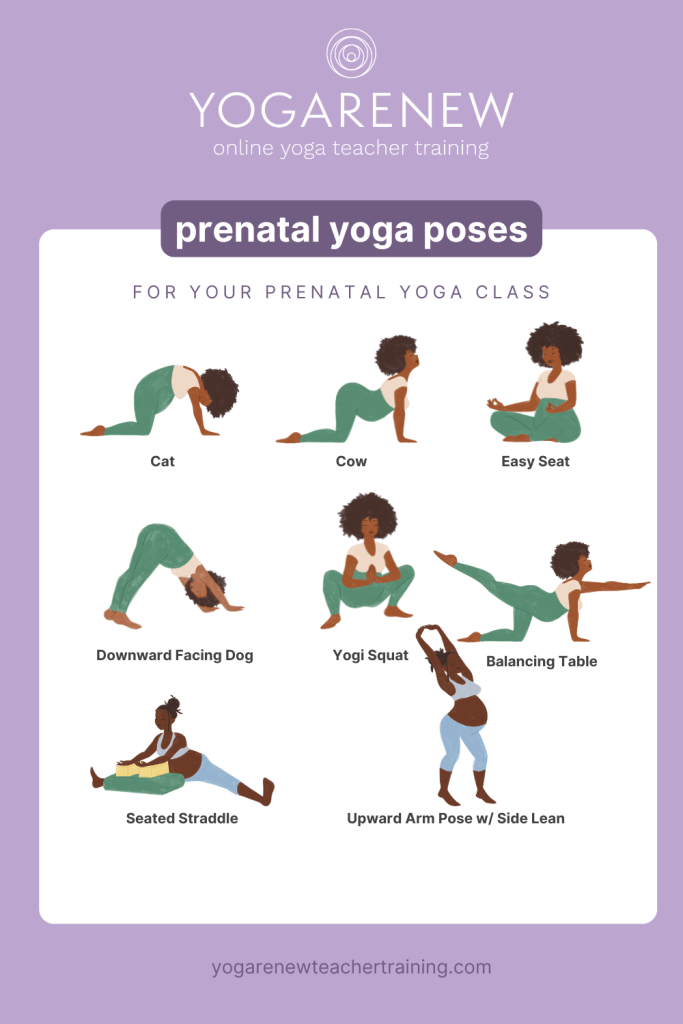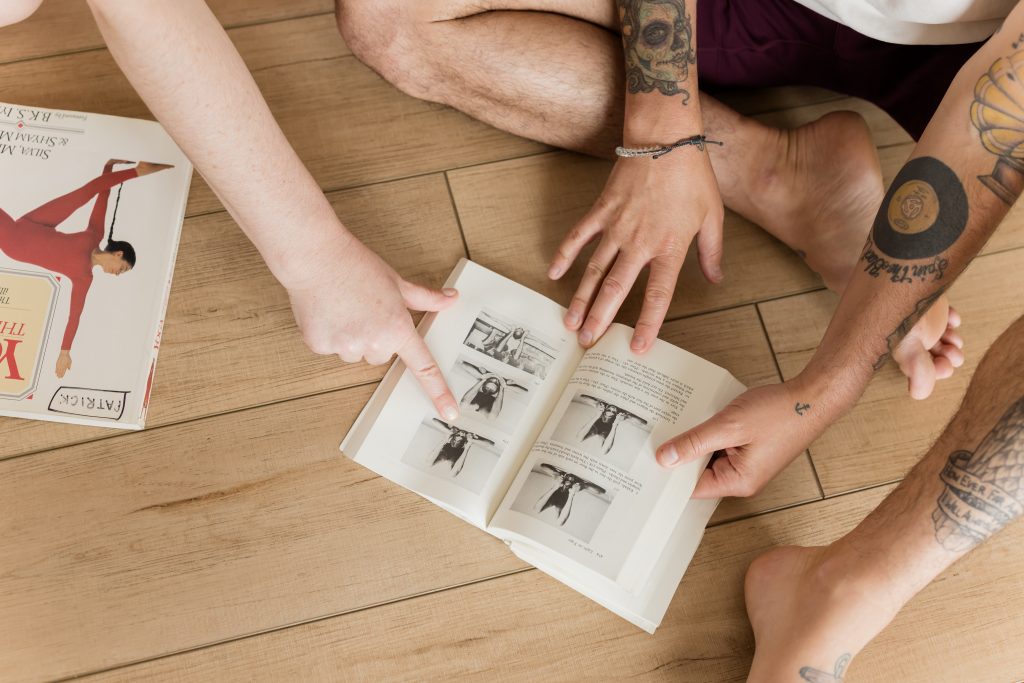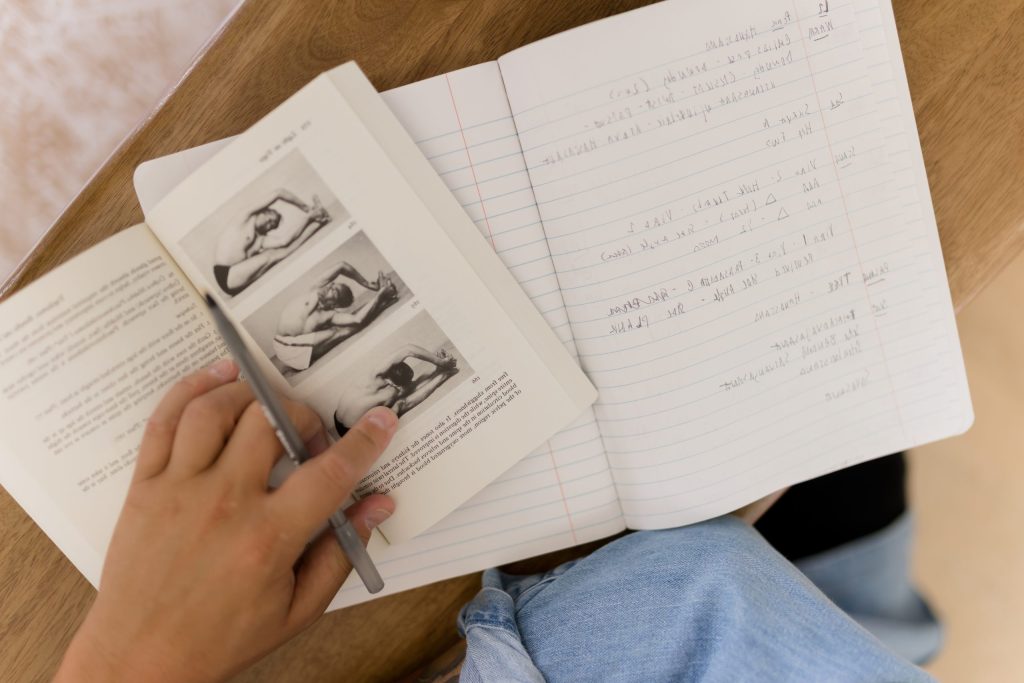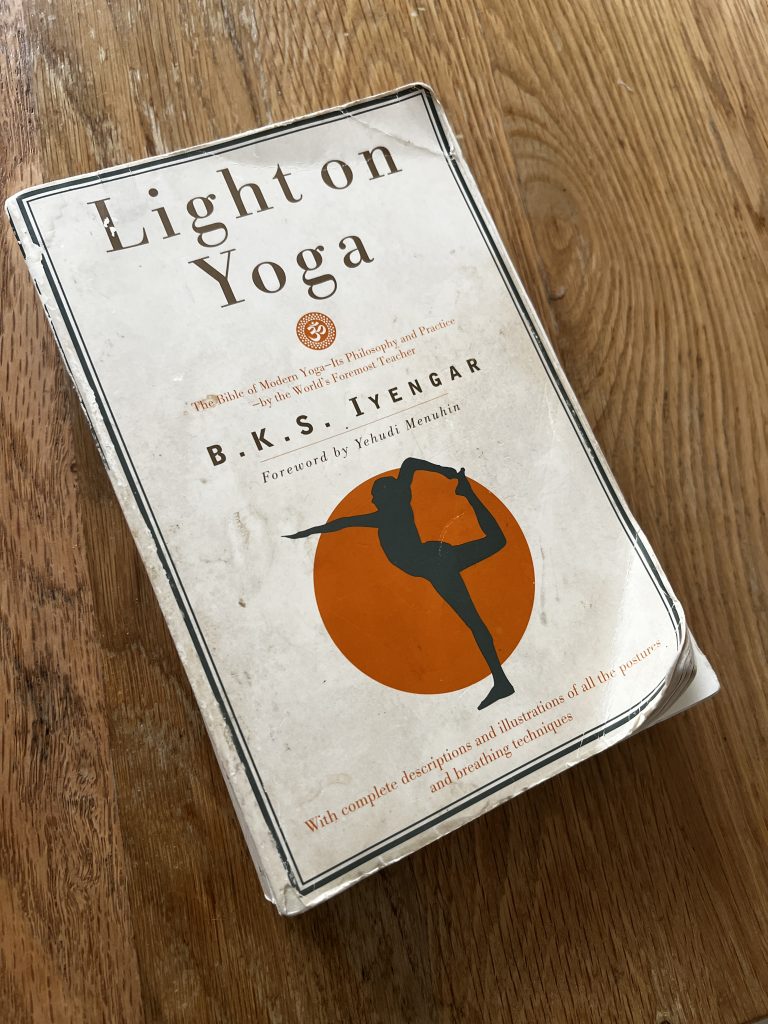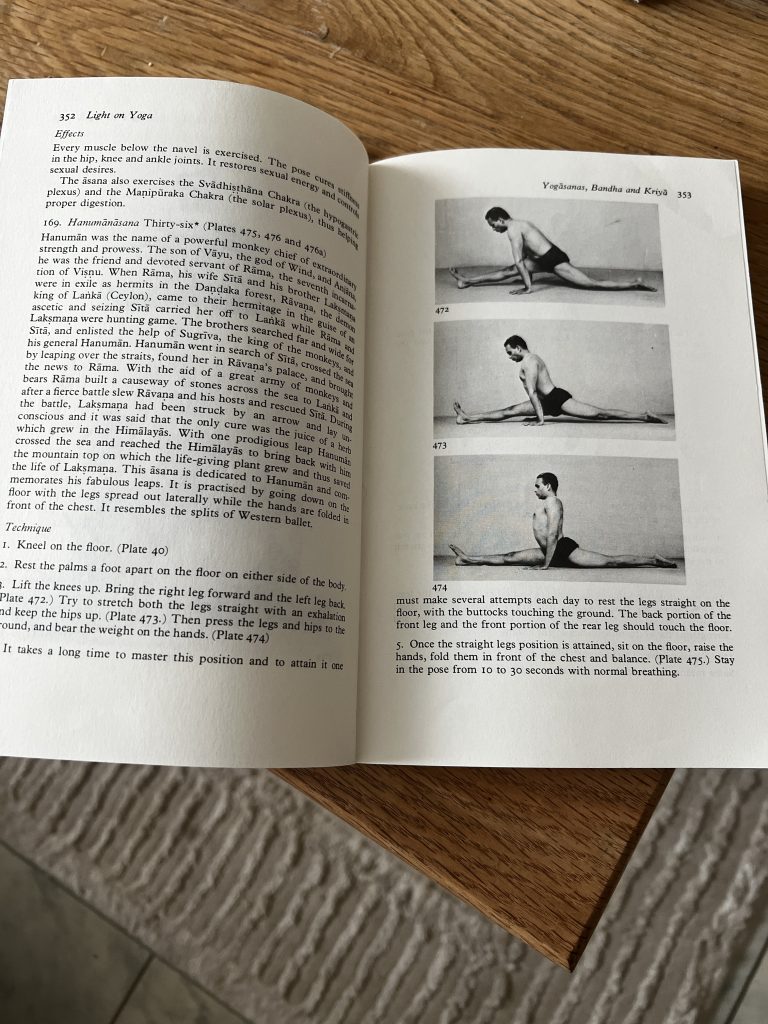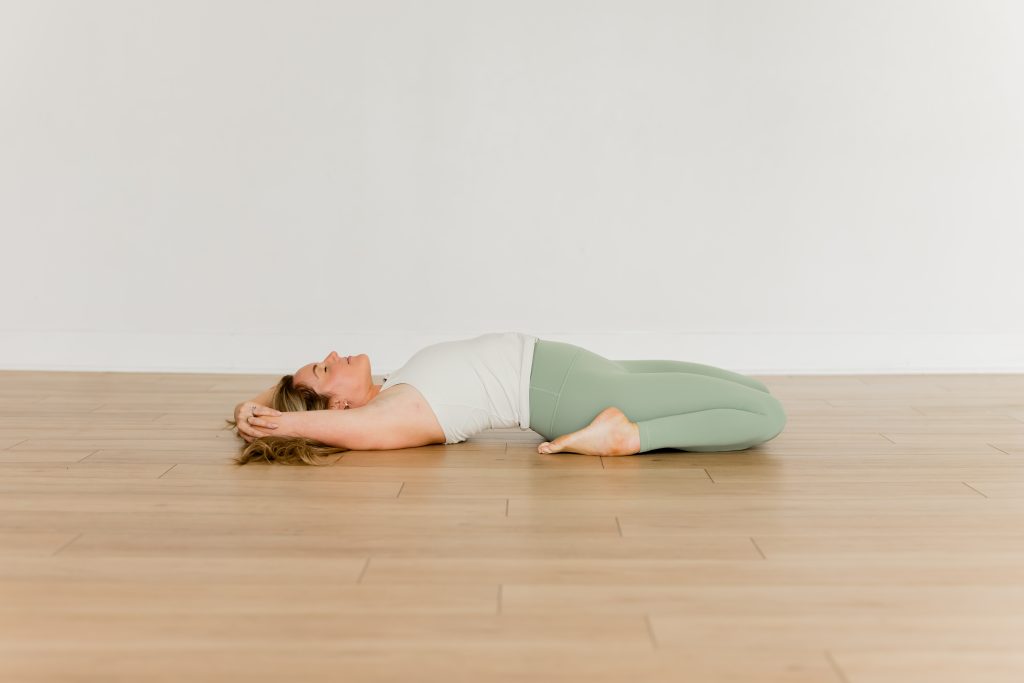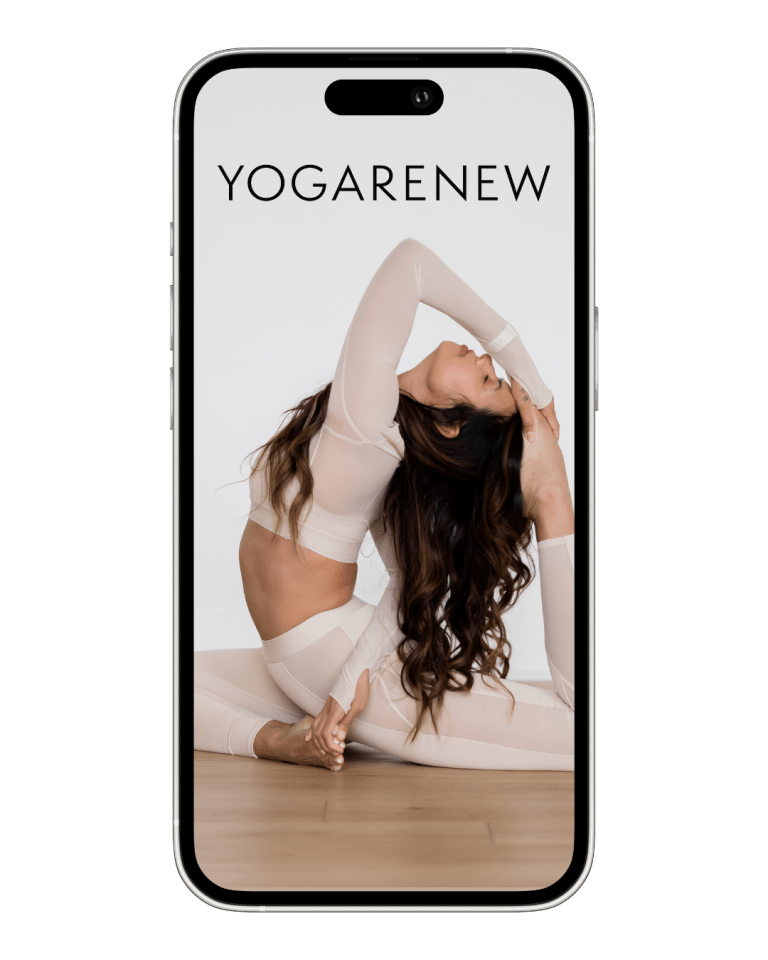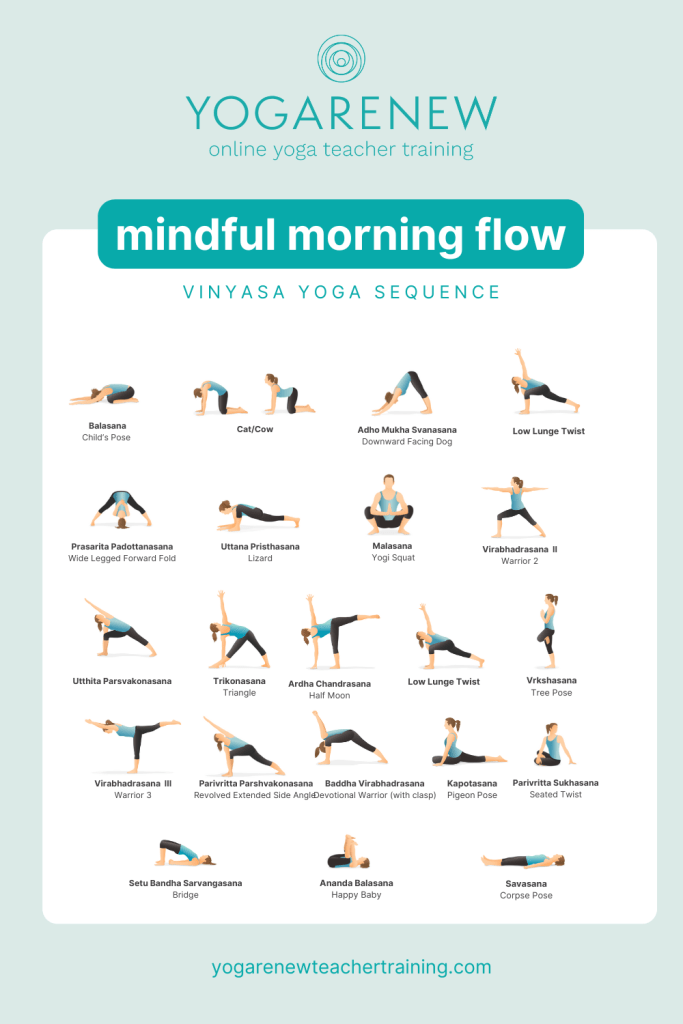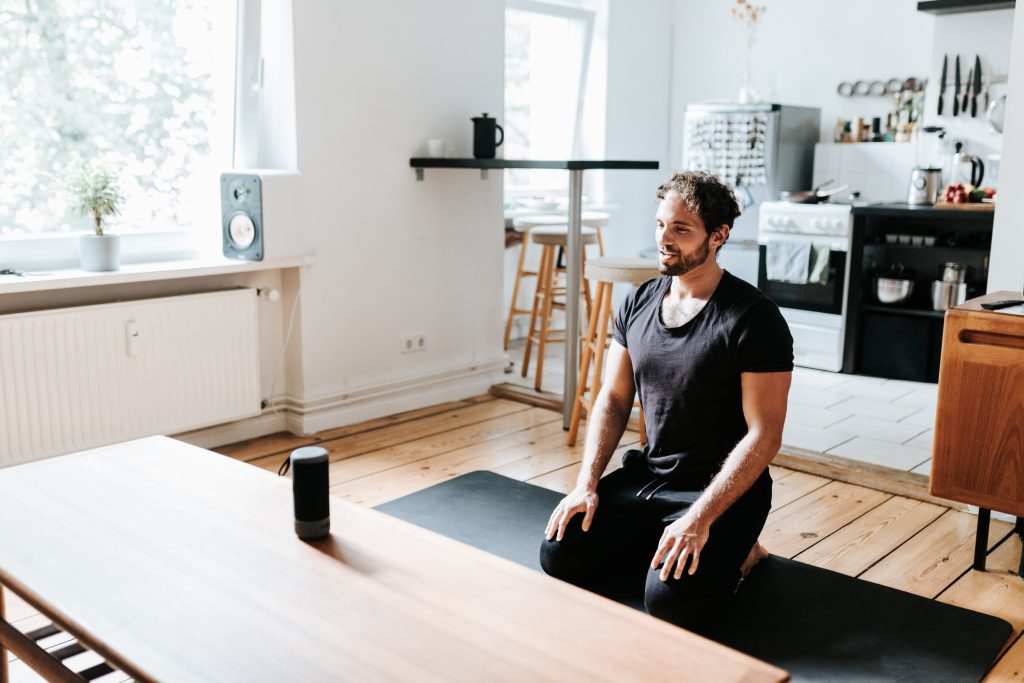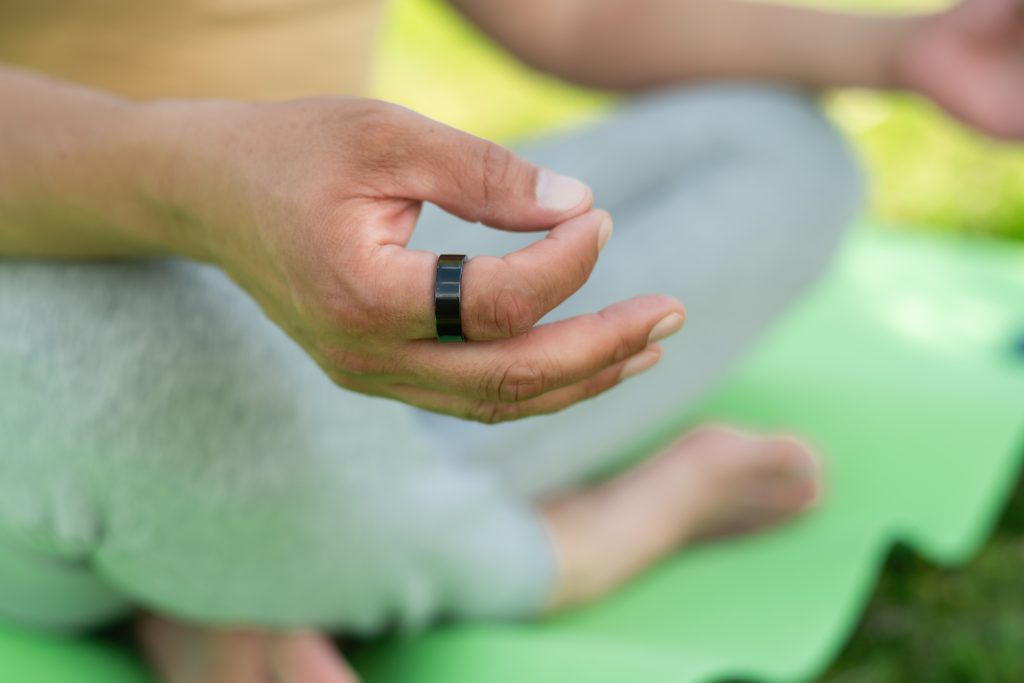
In today’s fast-paced world, mental clarity and emotional resilience are more than just wellness buzzwords—they’re essential tools for living a balanced, fulfilling life. Whether you’re starting your mindfulness journey or working toward a mindfulness certification, the right reading list can deepen your understanding and amplify your practice.
Here are 8 powerful, accessible books we recommend to help you get your mind right, cultivate presence, and live with greater intention.
1. “The Power of Now” by Eckhart Tolle
A modern classic, The Power of Now explores how living in the present moment can radically transform your mental state. Tolle breaks down complex spiritual concepts into practical tools, helping readers become more aware of their thoughts and less controlled by them.
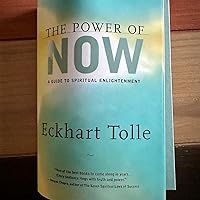
Why it’s great for mindfulness students: It’s foundational. If you’re learning or teaching mindfulness, this book is a must.
2. “Wherever You Go, There You Are” by Jon Kabat-Zinn
As the founder of Mindfulness-Based Stress Reduction (MBSR), Jon Kabat-Zinn is a pillar in the field. This book offers bite-sized reflections that encourage readers to cultivate mindfulness in everyday moments.
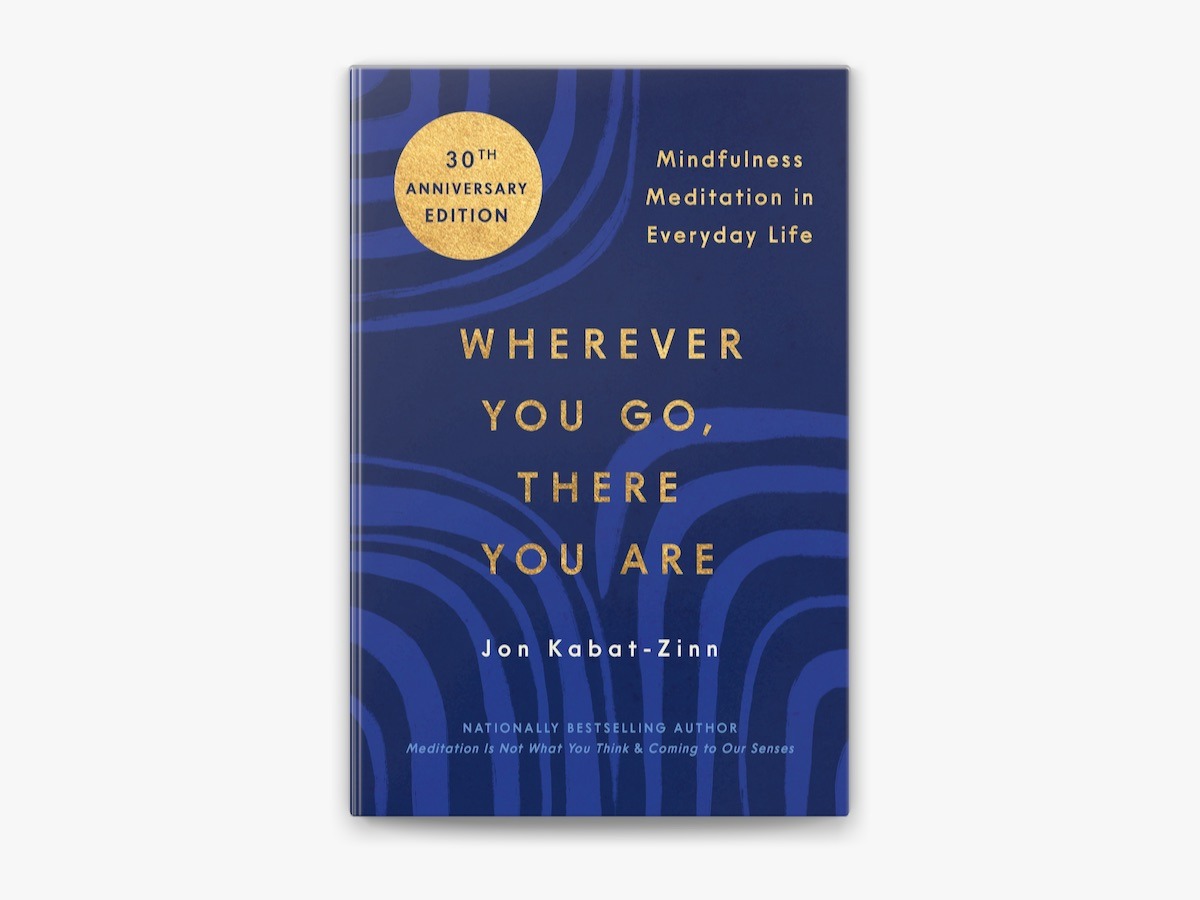
Why it’s great for mindfulness certification prep: It’s written by the pioneer behind one of the most respected mindfulness programs—and aligns well with most certification content.
3. “Radical Acceptance” by Tara Brach
A powerful combination of Buddhist wisdom and psychological insight, Radical Acceptance teaches that healing begins when we stop fighting ourselves. Brach’s compassionate approach is ideal for anyone struggling with self-judgment or emotional overwhelm.
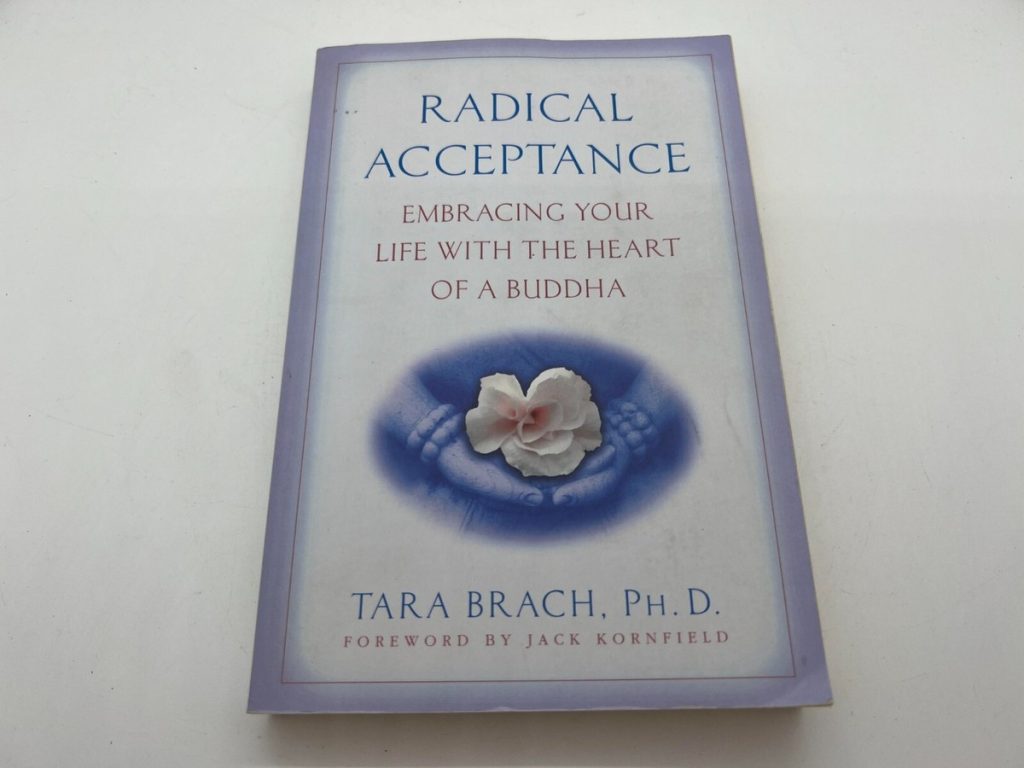
Bonus: Tara Brach is often recommended reading in mindfulness teacher training programs.
4. “Atomic Habits” by James Clear
Mindfulness isn’t just about meditation—it’s also about the habits we form. Atomic Habits shows how small, consistent actions can create meaningful change over time.
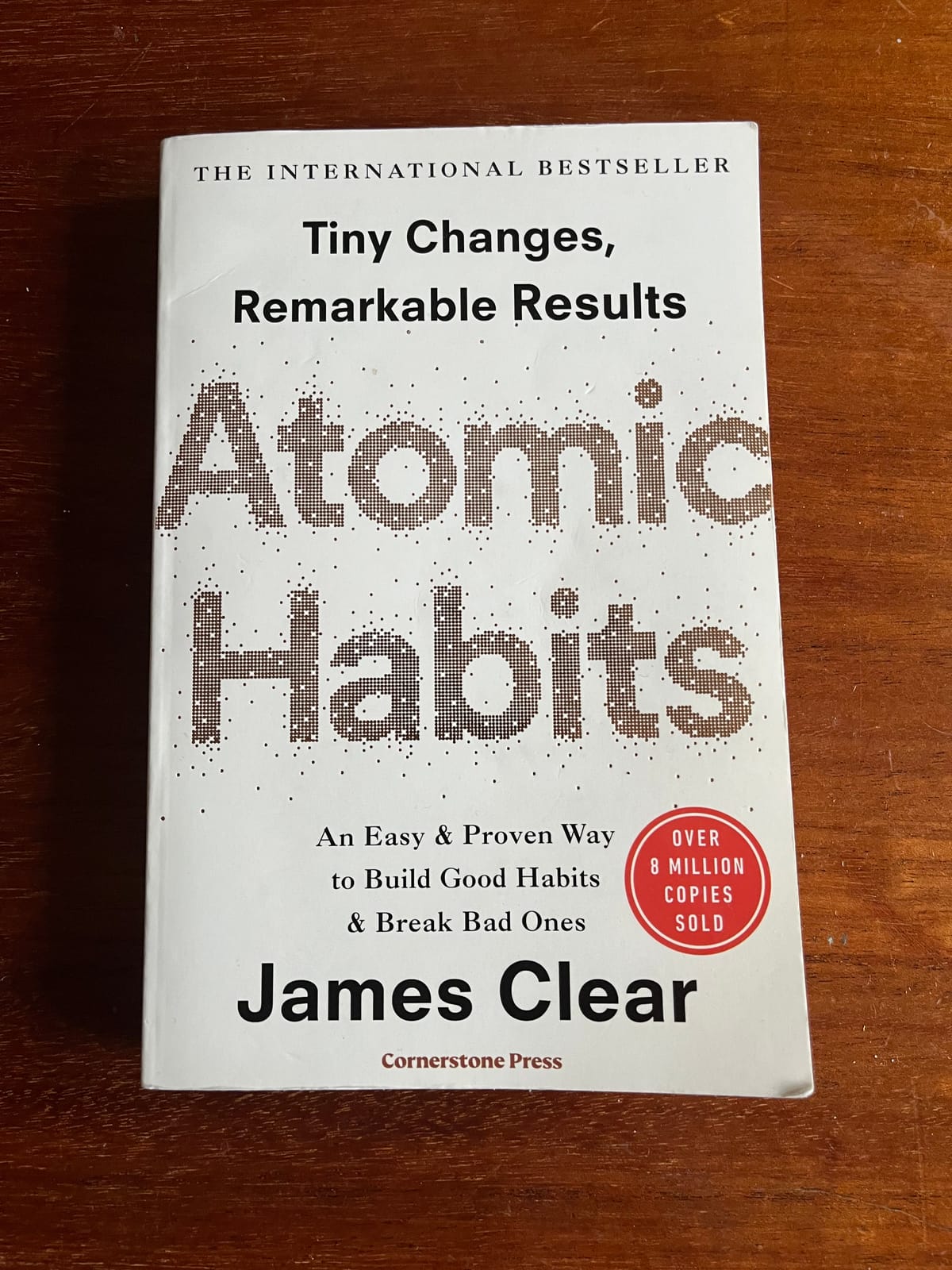
Why it belongs on this list: Clear’s science-backed strategies pair perfectly with a mindfulness practice by helping you stay focused and intentional daily.
5. “The Untethered Soul” by Michael A. Singer
This thought-provoking book invites you to observe the voice in your head and release limiting beliefs. It’s less about technique and more about the awareness that mindfulness seeks to cultivate.
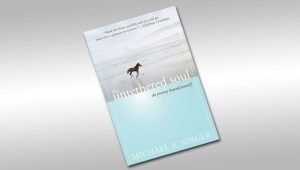
Perfect for: Deep inner work, self-discovery, and expanding consciousness—great themes for any mindfulness journey.
6. “How to Do Nothing” by Jenny Odell
A refreshing antidote to digital burnout, Odell’s work argues for the value of attention in an attention-starved age. It’s not strictly about meditation, but it speaks directly to the heart of mindfulness.
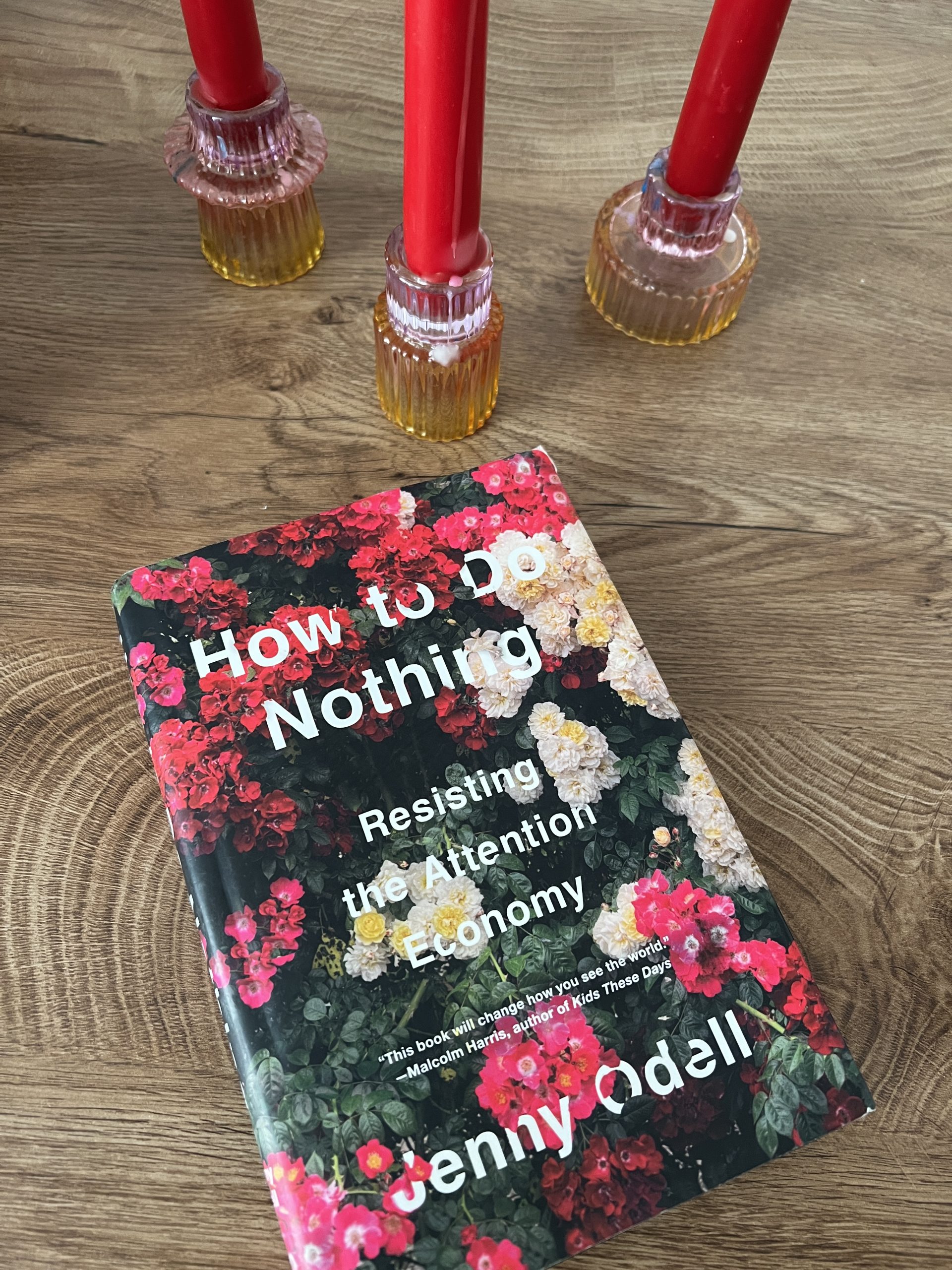
Tip: This is a fantastic read for students balancing mindfulness studies with modern tech overload.
7. “Real Happiness” by Sharon Salzberg
This 28-day guide to meditation is both approachable and insightful. Salzberg, one of the leading voices in modern mindfulness, provides structure and encouragement for beginners and experienced meditators alike.
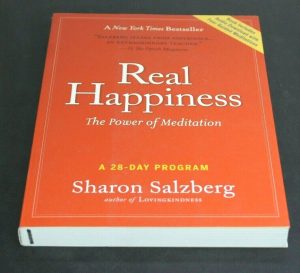
Great for: Structuring your daily practice as you work toward mindfulness certification or deepen your personal journey.
8. “Mindfulness in Plain English” by Bhante Henepola Gunaratana
This book lives up to its title. A clear, no-fluff introduction to Vipassana meditation and mindfulness, it’s excellent for those who want a traditional yet highly practical approach.
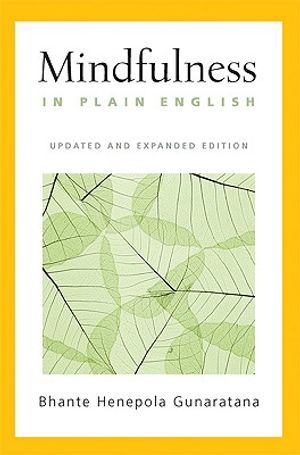
Recommended for: Those who want to deepen their practice with classical wisdom that’s easy to digest.
Start Reading, Start Growing
These books are more than inspirational—they’re actionable. Whether you’re pursuing an online mindfulness certification course or simply looking to build mental clarity and emotional stability, this reading list offers tools, insights, and techniques to help you thrive.
If you’re ready to take the next step and turn your passion for mindfulness into a skill you can teach and share, explore our Online Mindfulness Certification Course. It’s designed for both beginners and experienced practitioners looking to deepen their practice, get certified, and make a meaningful impact in others’ lives.
Want More Mindfulness Tools?
Subscribe to our newsletter for course updates, guided meditations, and more recommended reading to keep your mind and heart in sync.


